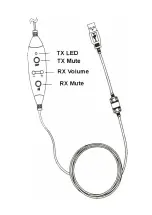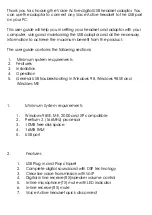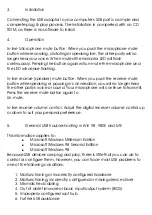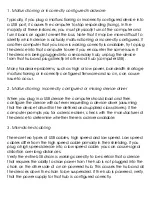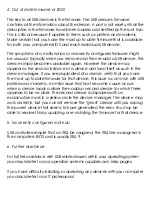
1.
Malfunctioning or incorrectly configured hardware
Typically, if you plug a malfunctioning or incorrectly configured device into
a USB port, it causes the computer to stop responding (hang). In the
majority of these instances, you must physically turn of the computer and
turn it back on again to reset the bus. Note that it may be more difficult to
identify which device is actually malfunctioning or incorrectly configured. If
another computer that you know is working correctly is available, try to plug
the device into that computer to see if you encounter the same issue. If
the device is being plugged into a secondary hub, unplug the device
from that hub and plug directly into the root hub (computer USB).
Many hardware problems, such as high or low power, bandwidth shortage,
malfunctioning or incorrectly configured firmware and so on, can cause
issue to occur.
2.
Malfunctioning, incorrectly configured or missing device driver
When you plug in a USB device the computer should load and then
configure the device without ever requesting a device driver (assuming
that the device falls within the defined and supplied class drivers). If the
computer prompts you for a device driver, check with the manufacturer of
the device to determine whether there is a driver available.
3.
Mismatched cabling
There are two types of USB cables, high speed and low speed. Low speed
cables differ from the high speed cable primarily in their shielding. If you
plug a high speed device into a low speed cable, you can cause signal
distortion over long distances.
Verify the entire USB chain is working correctly to be certain that a device
that requires the ability to draw power from the hub is not plugged into the
chain on the other side of a non-powered hub. This causes the hub and all
the devices down the chain to be suspended. If the hub is powered, verify
that the power supply for that hub is configured correctly.


